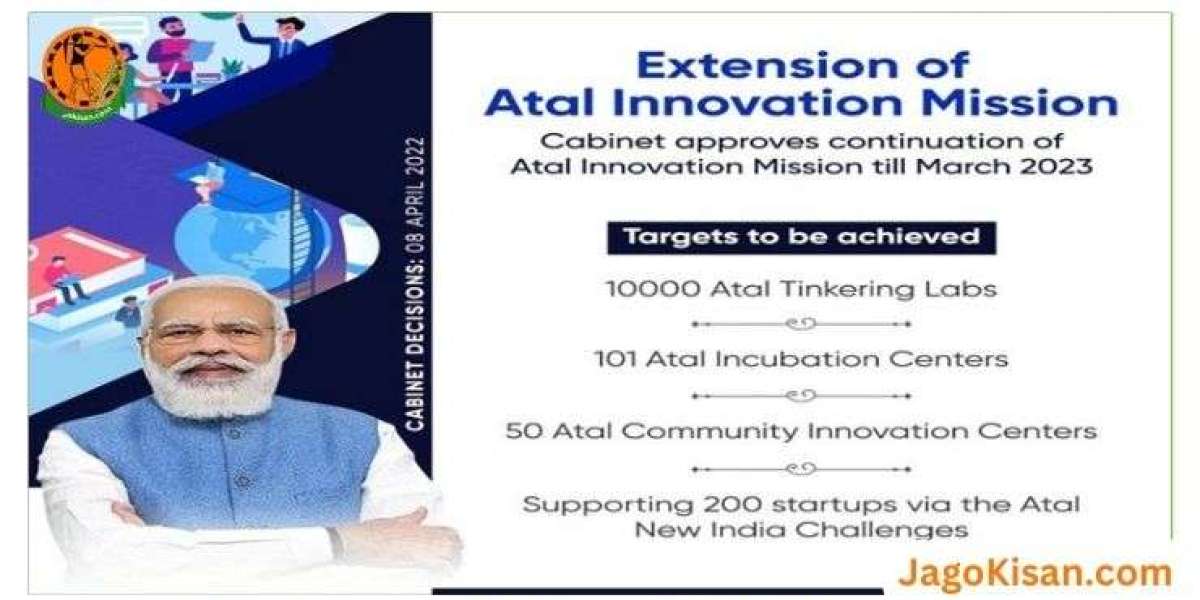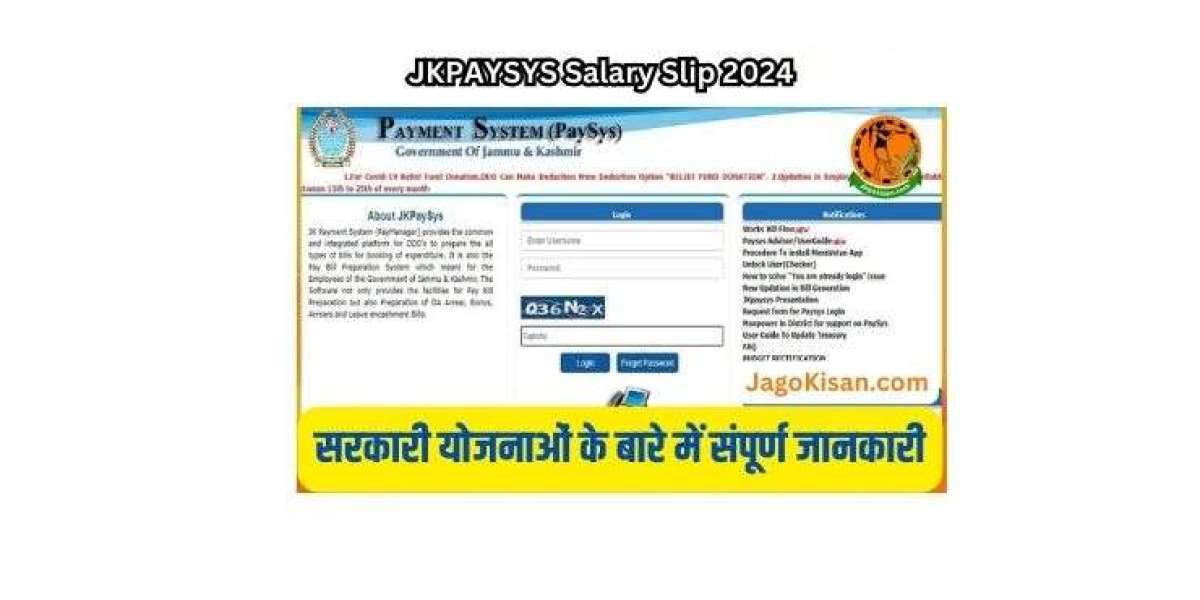Atal Innovation Mission :- Atal Innovation Mission (AIM) is a major effort by the Government of India to create an innovative entrepreneurial culture across the country. AIM aims to develop new policies and programs that encourage innovation across the economy, provide platforms and opportunities for cross-stakeholder collaboration, and establish a centralized organization to manage the countrys innovation and entrepreneurship on the ecosystem. Read the entire post for complete details on Atal Innovation Mission including milestones, objectives, achievements, activities, application process, and much more
What is Atal Innovation Mission ?
The NITI Aayog has launched the ambitious Atal Innovation Mission (AIM) to promote entrepreneurship and innovation across the country. The event was launched in response to media and a comprehensive analysis of Indias needs for innovation and entrepreneurship in the coming years.
Important role of AIM in establishing and promoting innovation and entrepreneurial ecosystems at various levels The reason for this will align policy from central, national and regional innovation systems. PURPOSE. according to the socio-economic needs of the country. This effort has been facilitated through the establishment of the Agency for Small Business Innovation, Research and Development (AIM-SBIR).
Atal Innovation Mission Objective
- Innovation is the main focus. As a result, plans and policies for many different industries will be based on that idea.
- It gives options for collaboration and a platform for multiple parties to work together.
- It acts as a supervising body that manages and protects the whole innovation ecosystem in the nation.
Achievements ofAtal Innovation Mission
More than 350 cooperatives have been formed to support the expansion of domestic innovation. The National Association of Software and Services Companies (NASSCOM) has partnered with AIM to develop an artificial intelligence-based curriculum for students at the school Currently 2.5 million children have access to around 5,000 Atal Tinkering Labs spread across 660 states of India. AIM founded Mentor India, which is one of the largest mentorship agencies in India. At least half of the more than 10,000 registered consultants have their first experience working with ATL startups.
Atal Innovation Missions Struggles
India is the largest democracy in the world. With over 10 million people, 33 states, eight Union Territories and languages, each region has unique challenges in terms of cultural expectations and economic development Future innovators must recognize the importance and breadth of this problem. It is therefore important to provide incentives for new ideas and solutions to related problems at the city, state, and government levels across the country in educational institutions, industry, and even internationally.
Unwavering Tinkering Challenges in Educational Institutions. Incentives will come from Atal Grand Challenges in the country and Atal New India Challenges for start-ups and universities. Such incentives would encourage the establishment of new markets and industry solutions to solve problems and related inventions for which ready customers could be found.
Challenges include drinking water and sanitation, urban housing and development, smart agriculture in the face of climate change, rail safety and transportation, and other areas where innovation can benefit the country and generate profits. Over 35,000 students participated in the recent Atal Tinkering Marathon, creating over 6,000 innovations in five nationwide competitions.
Application Process for Atal Innovation Mission
- Sending invitations to candidates via an online application portal:Schools have between three and four months to complete their online ATL applications. Schools can submit their ATL applications online with ease thanks to the user-friendly ATLonline application portal.
- Screening of applications:The applications that were received would be processed using the eligibility criteria. A minimum number of students enrolled, committed maths and science teachers, a basic infrastructure with computers and internet access, a consistent electrical supply, a science lab, a library and a playground, as well as staff and student attendance on a regular basis, are some of the requirements for eligibility. The qualifying candidate schools will be ranked and evaluated based on these criteria.
- Final Evaluation:More arbitrary standards are used to evaluate the schools dedication to leveraging the ATL as a springboard to transform itself into a regional centre of innovation. After the final review, a list of selected schools is made available on the AIM website. The amount of money allotted and the consent of the relevant authorities decide how many ATLs are chosen and publicised at any one time. The schools must complete the compliance process, which is described in the following section, in order to be eligible for the grant-in-aid.
FaQ
Q.What is the mission of Atal innovation?
Ans.create and promote a culture of innovation and entrepreneurship across the length and breadth of our country
Q.When was Atal Innovation Mission launched in India?
AnsSeptember 25, 2014
Q.What is the aim of ATL lab?
Ans cultivate one million children in India as neoteric innovators.
Q.Who started Atal Innovation Mission?
Ans Atal Innovation Mission was launched in 2016 under the NITI Aayog body of the Government of India. The primary goal of the Atal Innovation Mission is to promote a culture of innovation and entrepreneurship in India








